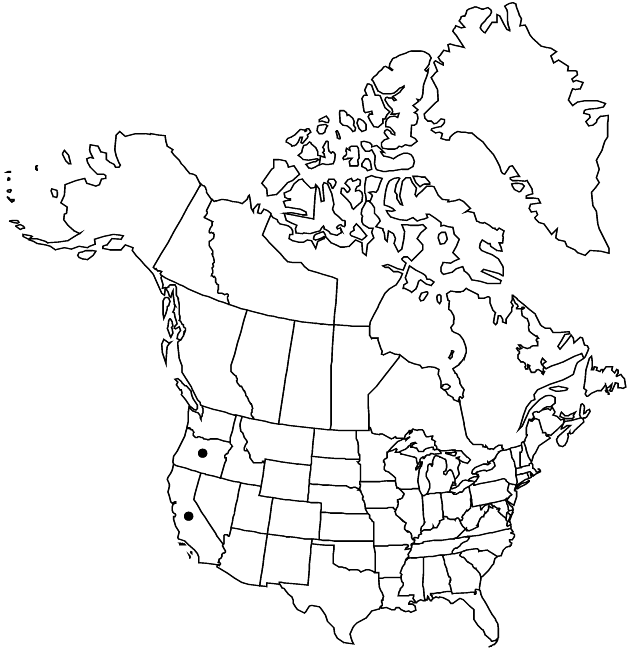Euchiton sphaericus
Opera Bot. 104: 167. 1991.
Annuals, 5–80 cm; taprooted; stolons absent. Aerial stems simple or branched from bases (sometimes branched from leaf-axils), thinly and persistently white-tomentose. Leaves: basal and proximal cauline withering before flowering (blades 1-nerved, oblanceolate to spatulate); cauline 8–12, blades linear, 2–4 cm × 1–2 mm (largest at midstem), bases not clasping, margins revolute, sometimes undulate, abaxial faces white, tomentose, adaxial faces green, glabrous. Bracts subtending heads 4–8, 10–30 mm, surpassing heads. Heads in globose clusters 10–20 mm diam. Involucres 3.5–4 mm. Phyllaries brownish to tawny, sometimes purple-tinged (shiny), elliptic-lanceolate, apices acute. Pistillate florets 16–26. Bisexual florets 1. Pappus bristles distinct or basally coherent (falling in groups). 2n = 28.
Phenology: Flowering Jul–Oct.
Habitat: Grassy open places in wooded areas, disturbed soils, recent clearings
Elevation: 30–700 m
Distribution

Introduced; Calif., Oreg., se Asia, Pacific Islands (Hawaii), Pacific Islands (New Guinea), Pacific Islands (New Zealand), Australia
Discussion
In California and Hawaii, plants of Euchiton sphaericus have been identified as Gnaphalium japonicum; annual duration, slender taproots, non-clasping leaf bases, and single bisexual florets establish the correct identity of E. sphaericus. It “varies enormously in length, position and degree of branching, and the branches may be either vegetative or flower-bearing” (D. G. Drury 1972).
Selected References
None.
